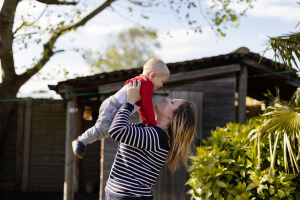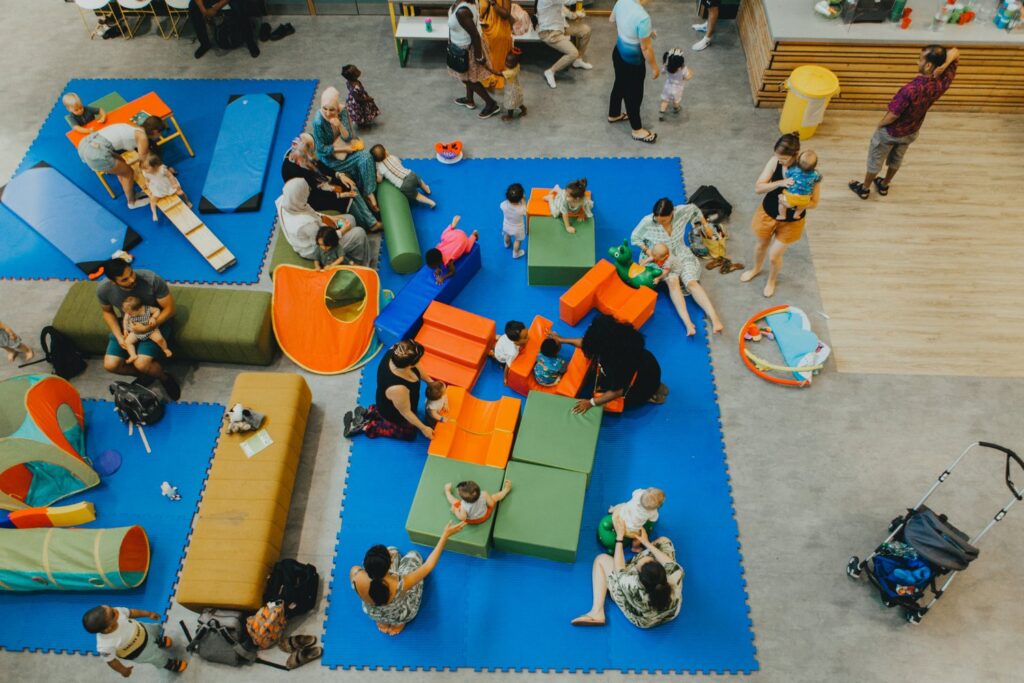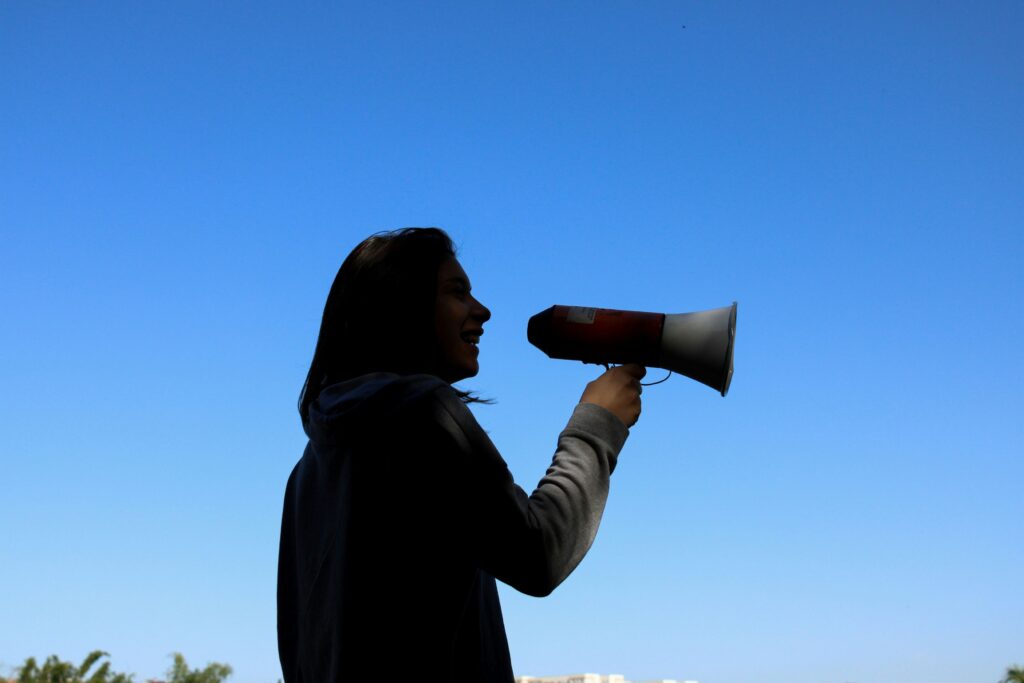Case study: Iceland
Over the past year Iceland have rolled out low level posters which families can interact with to share how they are feeling. The posters feature a range of emotions . They also have a QR code which takes parents to find more information about social and emotional development in young children.




